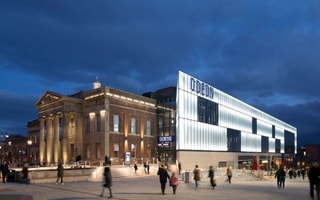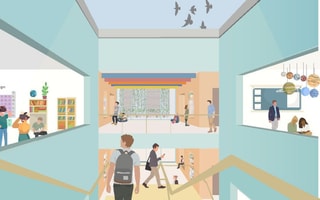Redevelop, reduce, reuse
What if the smartest investment isn’t building new, but reimagining what already exists? Senior Sustainability Consultant Nastasia Bassil argues that adaptive reuse is not just a sustainable approach to design, but can be a decisive business strategy.

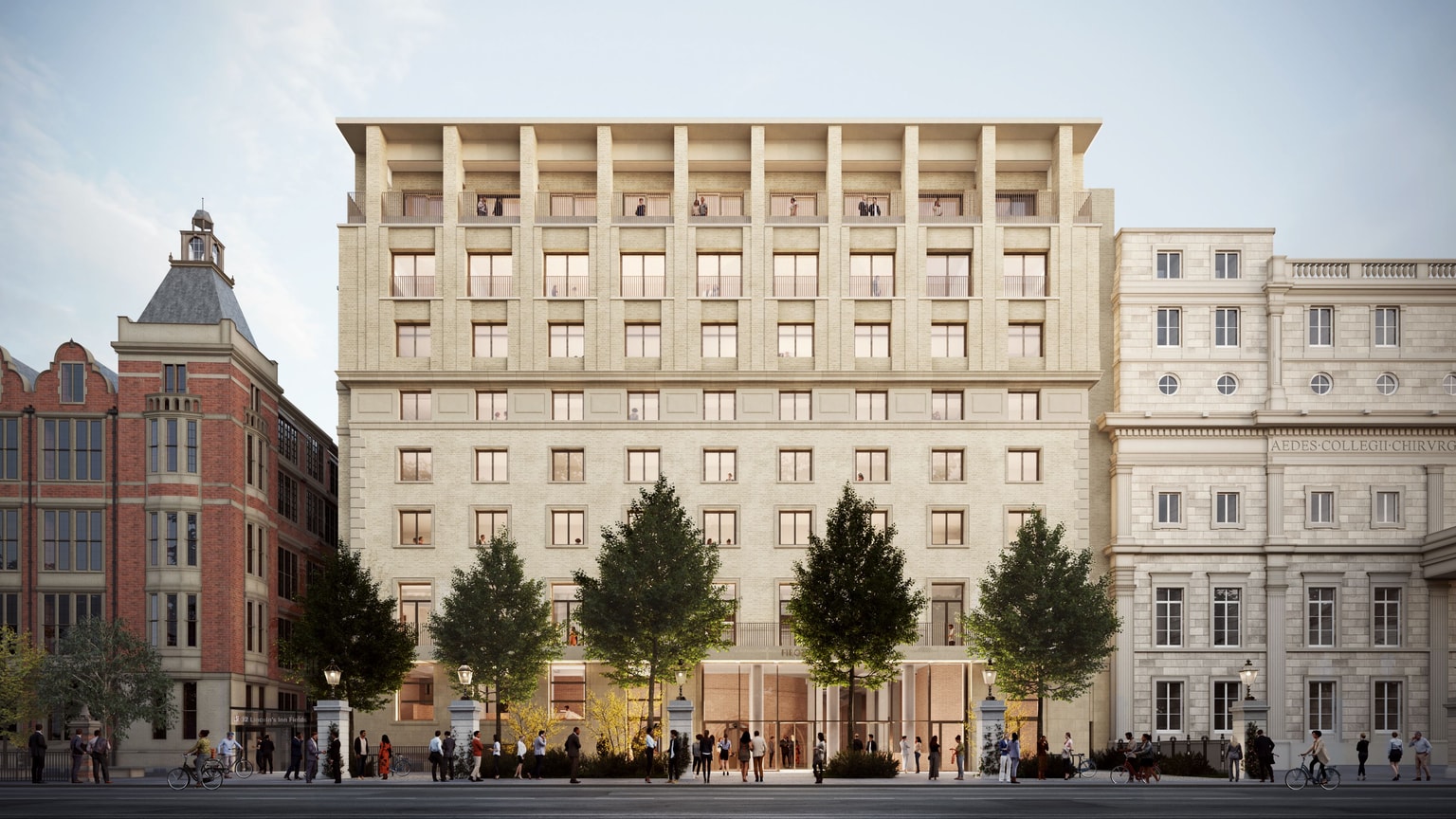
Our cities and towns can and should be good for us and for the planet. That’s why when we are repurposing or restoring a building, we have the opportunity to mitigate the environmental impact and help prevent further urban sprawl. In cities like London, it’s about also preserving our history and the sense of place and many of our buildings create pride within their communities, especially if they can be designed to be inclusive for the next generation of people who use them.
From a commercial perspective, reimagining existing buildings on estates is moving from a niche sustainability tactic to a decisive business strategy that allows organisations to cut embodied carbon, limit waste and deliver projects faster, while preserving the character and identity of their assets. At the same time, it clearly creates healthier, more engaging environments that enliven places, their people and wider communities.
By investing in what already exists, businesses can unlock hidden potential, protect long-term value and show leadership on environmental and social goals. The challenge now, arguably, is to approach this reuse with boldness and imagination, transforming today’s buildings into tomorrow’s assets.
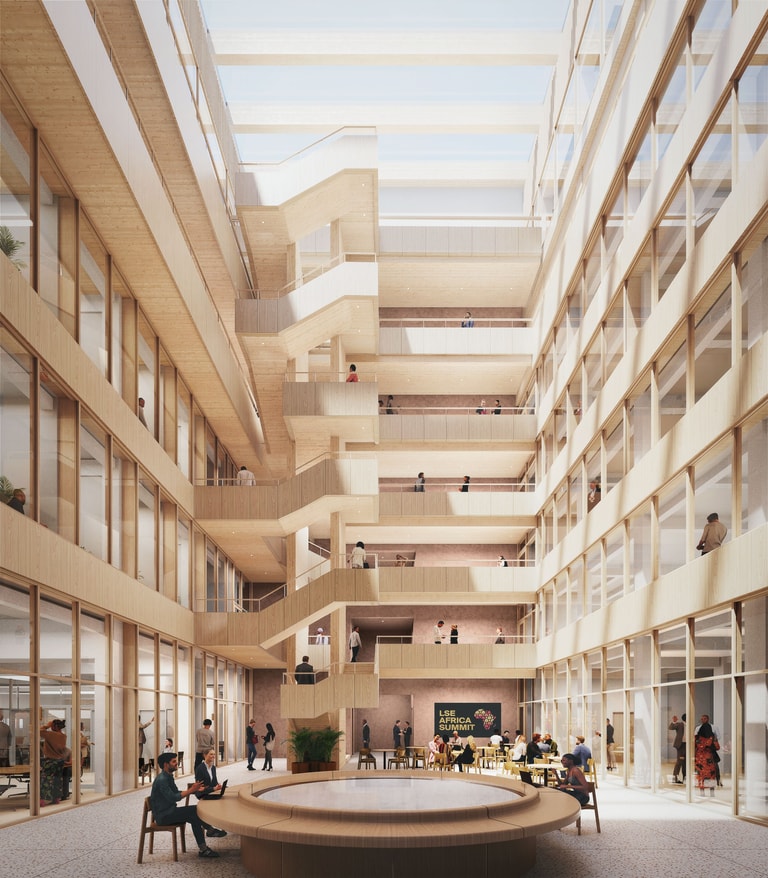

To do this, we combine design creativity with sustainability expertise to help our clients realise their opportunity and set a purposeful direction for the future. We reimagine the future by repurposing the past.
This ethos is perfectly realised in the work we are doing for the London School of Economics at Lincoln’s Inn Fields. As the main sustainability consultant, we are helping to transform the site into a state-of-the-art education facility that will set a new benchmark for educational institutions.
Soon to be known as The Firoz Lalji Global Hub, the building has a central objective to minimise whole life carbon, supported by ambitious embodied carbon and circular economy targets. Through responsible sustainable development and ambitious adaptive reuse, we have driven the design to see 60% of the existing building retained, recycled, and transformed, moving away from standard demolition towards maximising reuse.
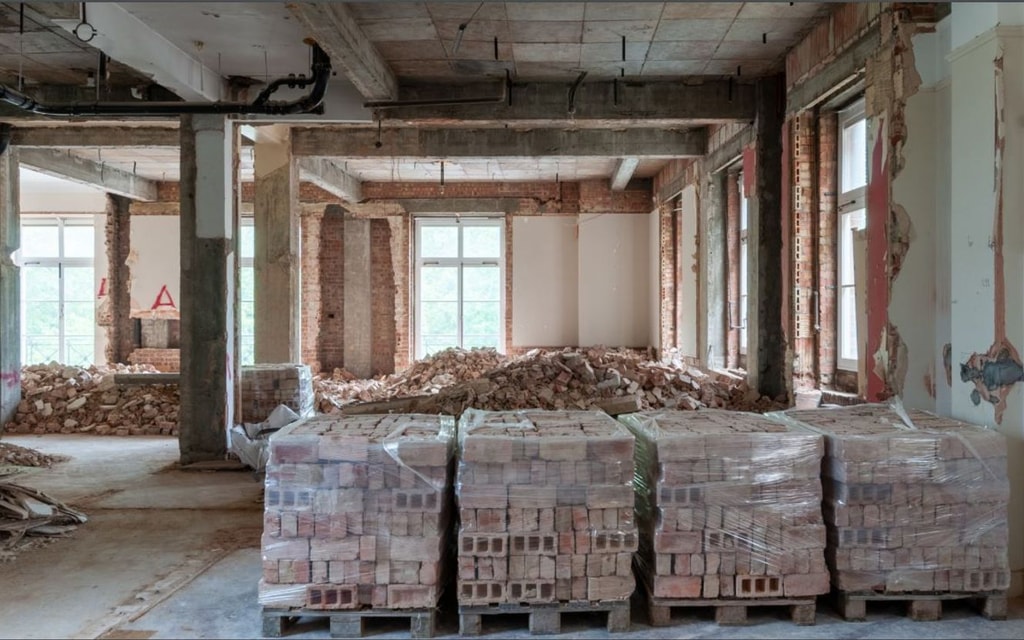
This was accomplished by identifying which materials could be reused on-site, elsewhere, or recycled to avoid landfill. Working closely with the project architects, engineers and cost consultants, we have developed a detailed reused materials schedule alongside clear sustainability targets. Regular site visits during strip-out works helped track progress, find new reuse opportunities without extra cost, and strengthen collaboration across all teams.
We also welcomed input from architectural students and university researchers, helping to push innovation and keep the design at the forefront of circular economy thinking. In addition, the building is targeting the WELL gold standard to support health and wellbeing, and is designed to meet Passivhaus principles, ensuring low operational energy and consistent indoor comfort.
Our collective future depends on how we care for and adapt the buildings we already have. This is where sustainable design finds its true test, in choices that balance innovation with responsibility, and creativity with care. The buildings that stand today hold the potential to serve for generations; provided we have the vision to reimagine them and the commitment to act with purpose.
Read more related content
Sustainability Consultancy brochure
Adaptive reuse
Reinventing and repurposing our existing buildings is essential to creating a more sustainable future.
A learning oasis in the city
Amy Whitehead explores a solution to improve and enliven a city using existing buildings and infrastructure

